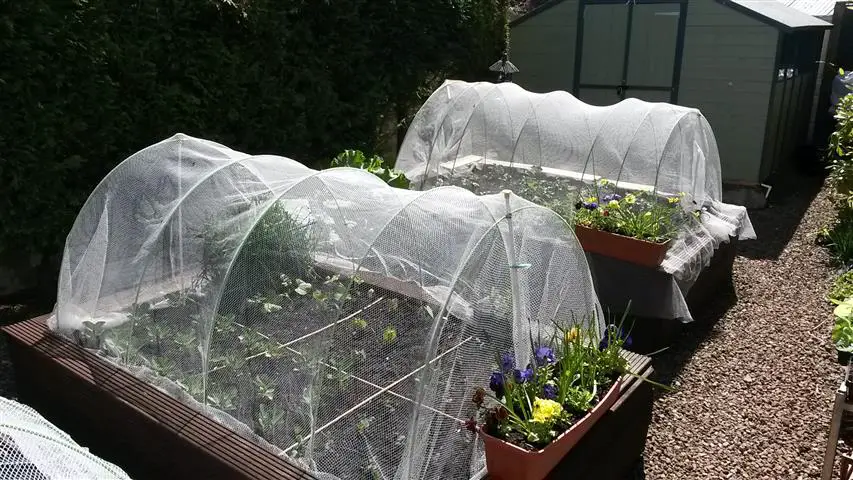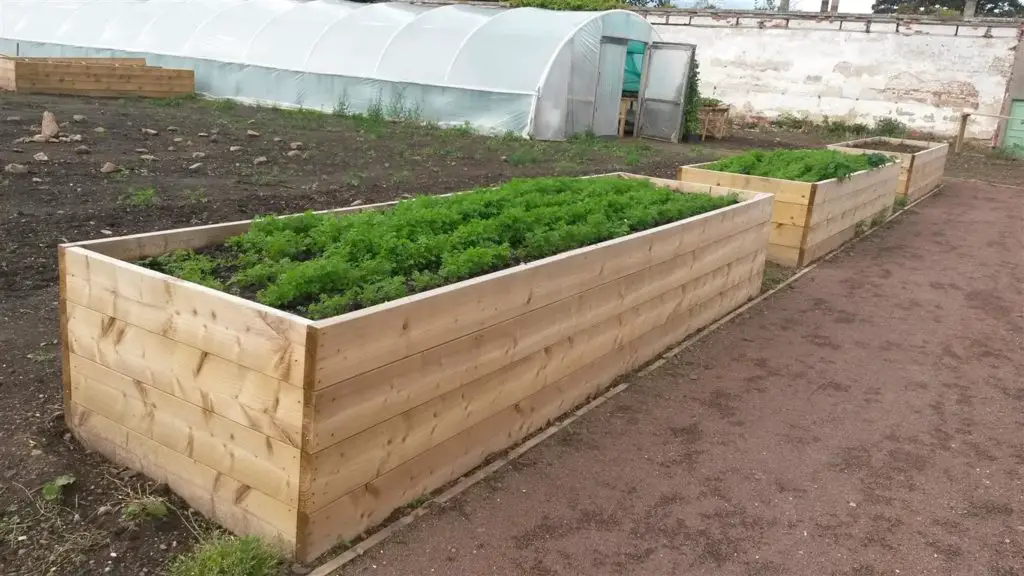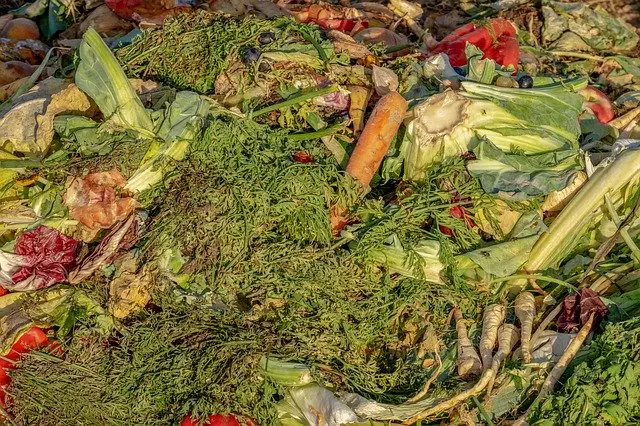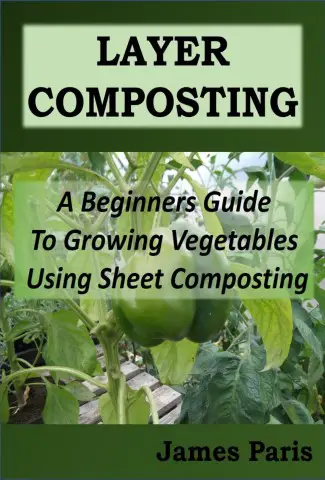What is a raised no-dig garden bed? This is simply a Raised Bed garden system that is following the principles of ‘no-dig gardening’. In other words, the infill or soil mix of the growing area is constructed in such a way that it does not require to be dug over in the same way that traditional ‘row’ gardens do.
The Raised Bed framework that contains this growing area – mainly used to plant vegetables – can be anything from 6 inches to 3 foot high. The principle however remains the same no matter what the depth of soil – it is made up in such a way that should virtually never need anything other than light hand tools to operate properly.
No Dig Method Of Gardening
This method of gardening, particularly used for growing vegetables, means that organic matter of any description is gathered up and not cast aside. It is used to create a rich compost material as it rots down either directly under the top layer of soil, or in a compost heap. This is applied to No-Dig gardening system such as ‘Square Foot ’ Gardens or Raised Bed areas
’ Gardens or Raised Bed areas .
.

Lasagna gardening uses this method of placing the ‘raw’ organic material directly under the soil and layered between layers of cardboard or brown paper – hence the term ‘lasagna’ or sheet layer garden.
The term ‘no-dig gardening ’ is not exact – this much is true – rather it is used in a generic way to imply that minimum disturbance is made to the soil, and the only digging required is for the purpose of planting young plants or helping with weeding – which is greatly simplified in a no-dig garden.
’ is not exact – this much is true – rather it is used in a generic way to imply that minimum disturbance is made to the soil, and the only digging required is for the purpose of planting young plants or helping with weeding – which is greatly simplified in a no-dig garden.
How Deep Does A Raised Bed Garden Have To Be?
As mentioned earlier, most Raised Bed gardens range between 6 inches and 2-3 foot deep. A lot depends on the individual circumstance or indeed the type of vegetables to be grown.
To make wheelchair accessible vegetable gardens, the Raised Bed is expected to be between 24 and 30 inches high to make it accessible to anyone in a wheelchair or a mobility scooter for instance.
is expected to be between 24 and 30 inches high to make it accessible to anyone in a wheelchair or a mobility scooter for instance.
Likewise the beds must be far enough apart to allow for easy wheelchair access between the Raised Bed structures.
Taller Raised beds are also advantageous for the pysically impared or those with back troubles, as there is little leaning over involved.

However although the structure itself has to be this depth – the actual soil depth can be reduced to suit your needs and to cut down costs. For instance if you are growing tap-root vegetables like carrots, then you will need over 12 inches deep.
Cabbage on the other hand can be easily grown in 4-6 inches of good soil. With that in mind, if you have a deep construction but only need shallow soil then you might consider filling up the bottom of the deep bed with rocks or better still, old timber fallen branches etc which will rot down over several years to provide more nutrients to the soil.
Even straw bales laid on their broad sides make excellent in-fill for a deep bed. After around 3 years this will eventually be rotted down and can be turned over into the growing area well composted.
Lasagna gardening is another no-dig method that can easily be incorporated into Raised Beds – in fact I recommend it!
What Is A Lasagna Garden
This is better described on another article, but the basic idea behind a lasagna garden is that you would lay down a layer of cardboard, then a layer of organic material such as grass cuttings or kitchen vegetable waste. Add to this a thin layer of topsoil or compost. Repeat this procedure as you would when making a real lasagna!
Finally finish the top layer with 2-4 inches of rich compost/soil mix, and you have a lasagna garden that will be self-feeding over the full growing season.
How Soon Can You Plant In A Lasagna Garden
It is best to leave the planting in a new lasagna garden for a few months after you have set it up. This gives time for the composting process to begin and the worms to do their magic amongst the decomposing vegetation.
However this is not a ‘set fast’ rule and I have planted lasagna gardens right from the get-go and have had good results. One thing you do have to be careful off though.
If you use a lot of ‘green’ material especially wet grass, then your plants may well be damaged as the bed heats up during decomposition and destroys the roots.
If your soil top layer is over 6 inches deep though, this can have the opposite effect and the heat will build up just enough to create a ‘hot bed garden’. This means that you can plant your veggies a good few weeks before you would normally do so.
Lazy Gardening Method
No-Dig gardening has been called lazy gardening, particularly the lasagna gardening (also called sheet composting) method discussed above. This would imply that there is no work to do – this is not entirely correct.
Whilst it is true that there is only a fraction of the physical hard work involved with no-dig compared to traditional gardening methods, any and every garden needs some level of care and maintenance in order to produce healthy vegetables.
This includes the initial setting-up of the growing area, including maybe building Raised beds for the first time.
It also includes garden care such as pest control or using companion planting methods to strengthen the permaculture nature of your ‘lazy’ garden method.
There is even a level of (albeit light) work involved in harvesting an abundant crop, or pruning plants, or weeding.
The good thing about all that ‘work’ though is that it adds to the sense of achievement at the end of the day. That you actually will enjoy the ‘fruits of your own labour’ and you can truly enjoy your garden as well as reap the benefits.



